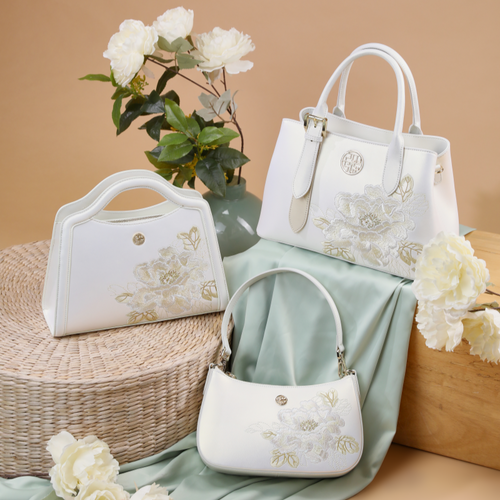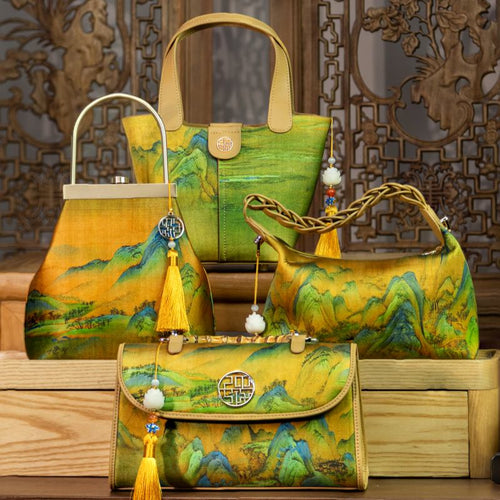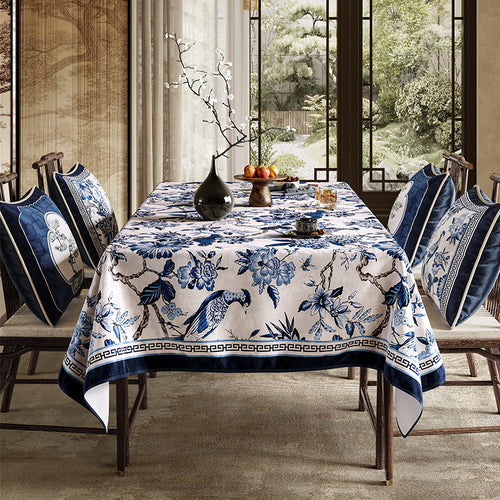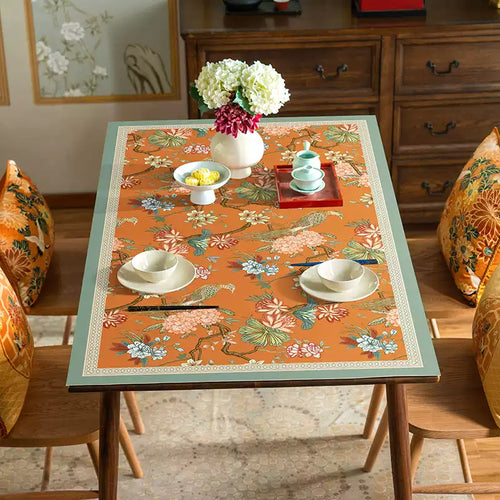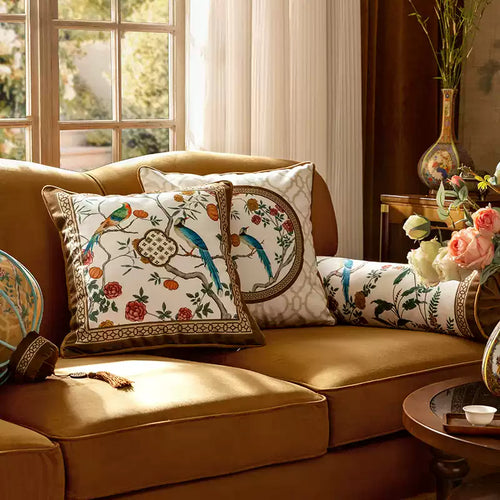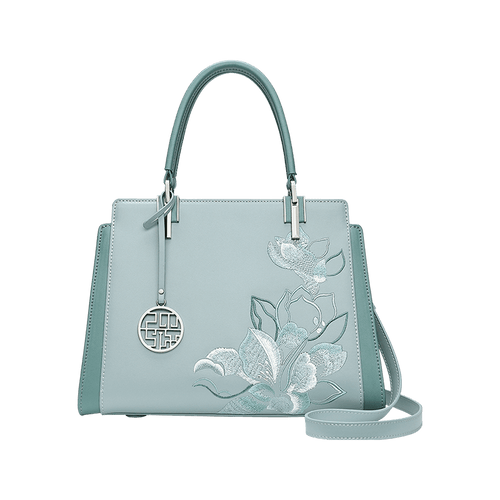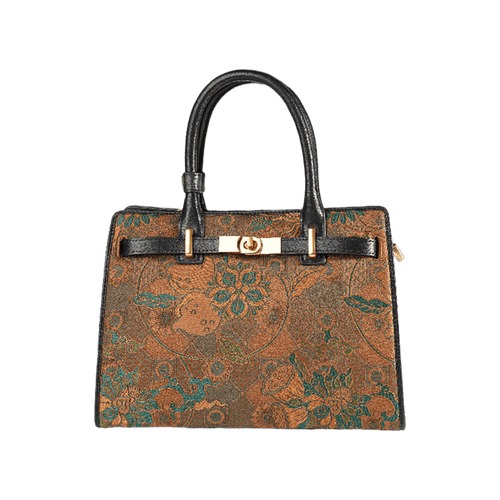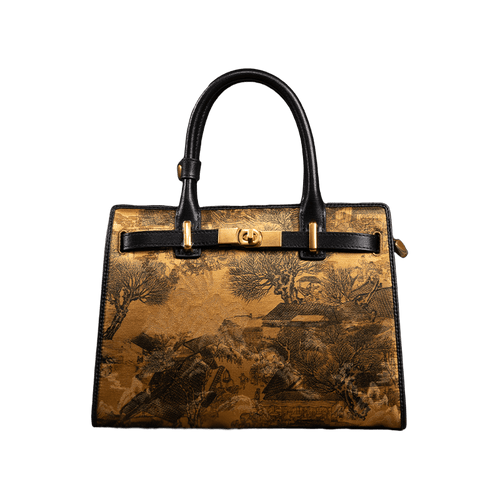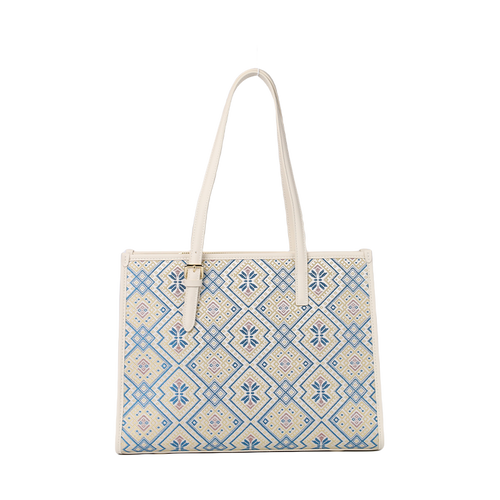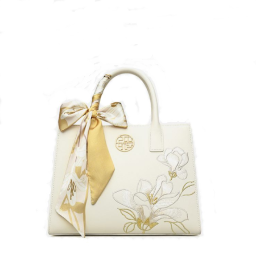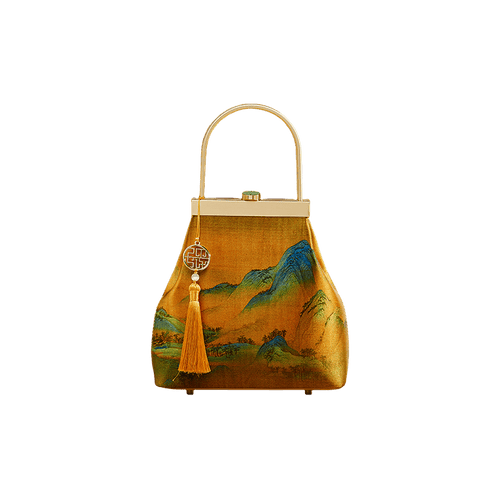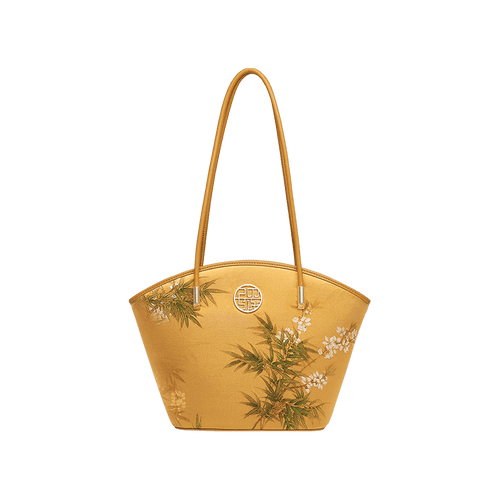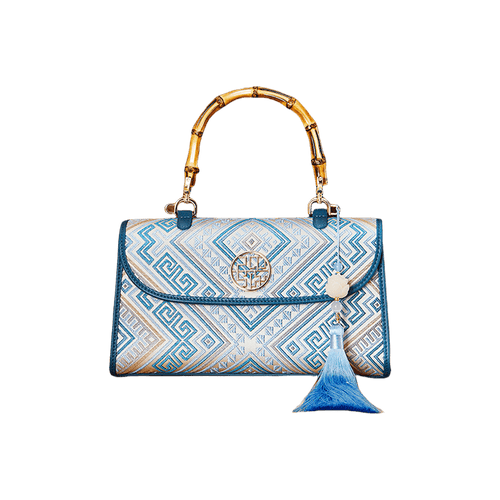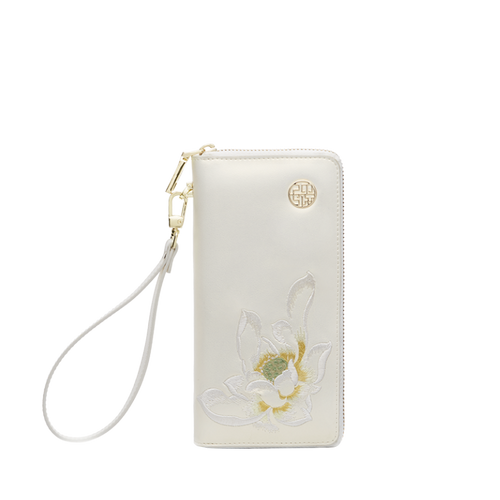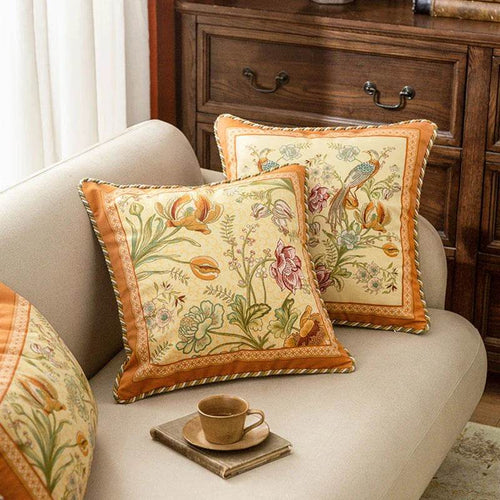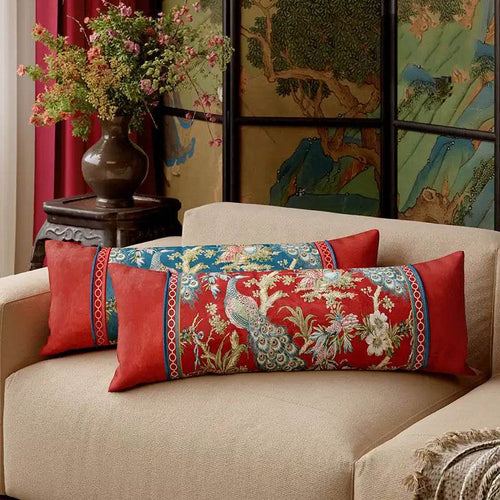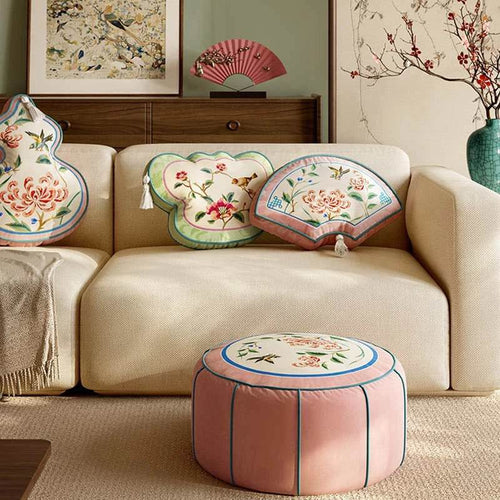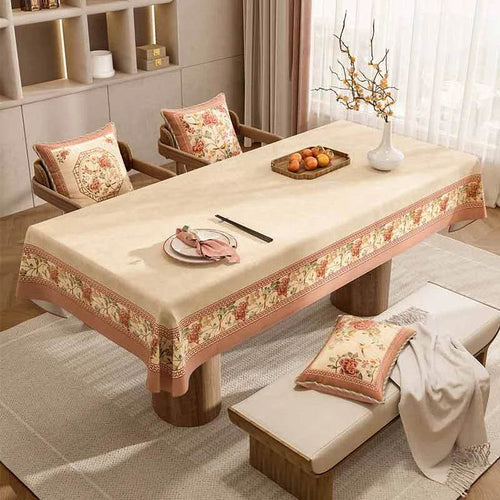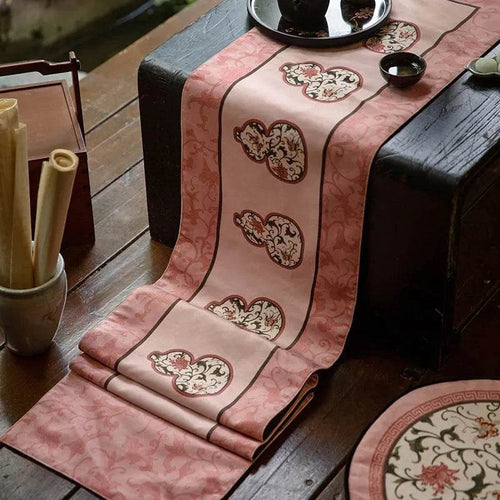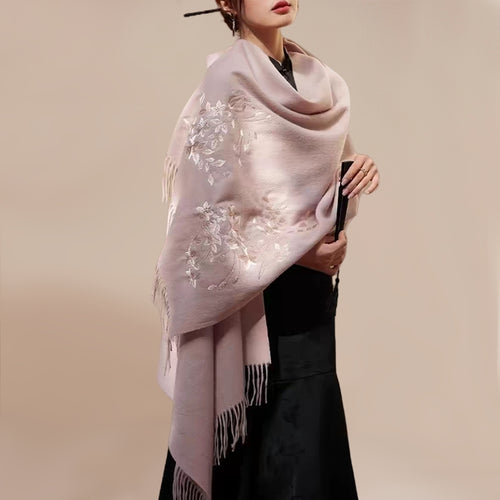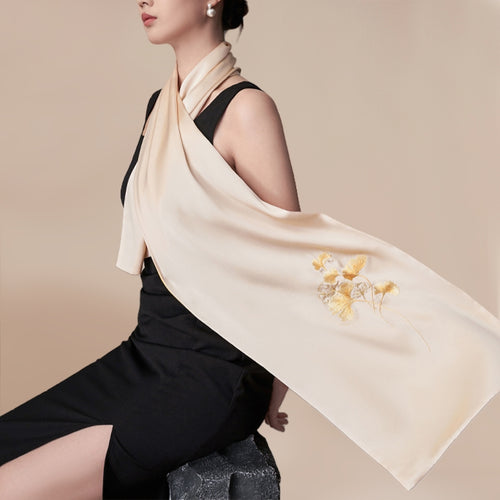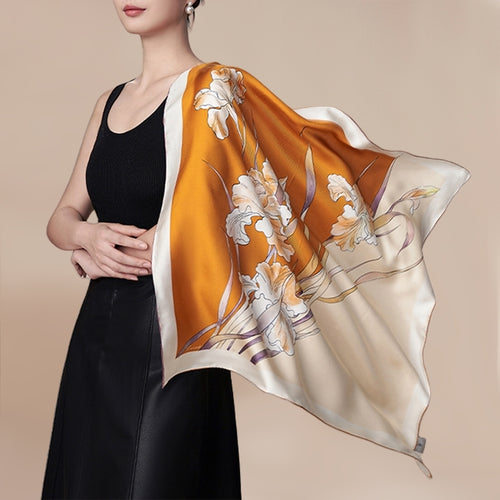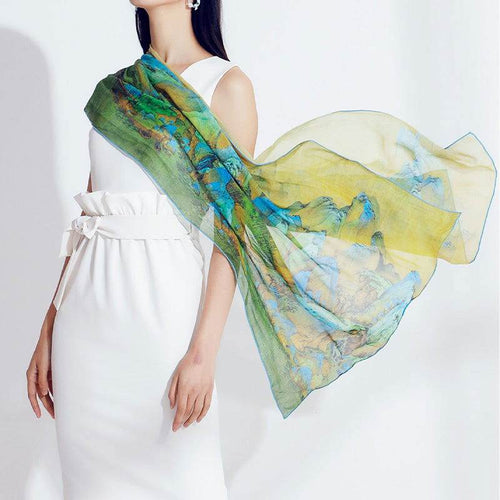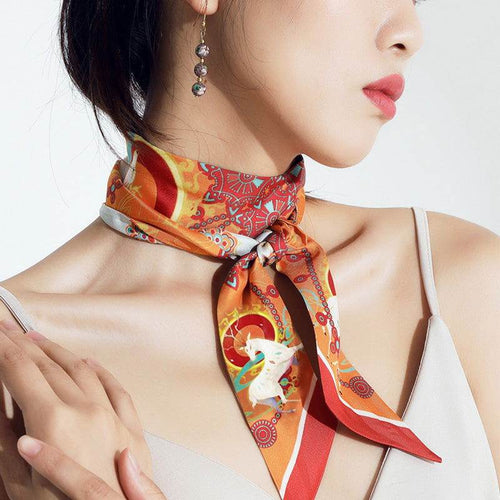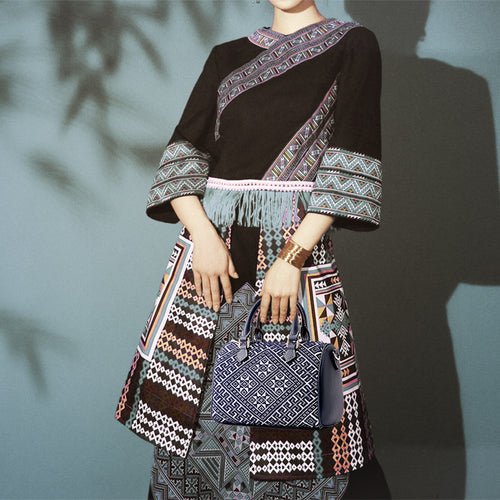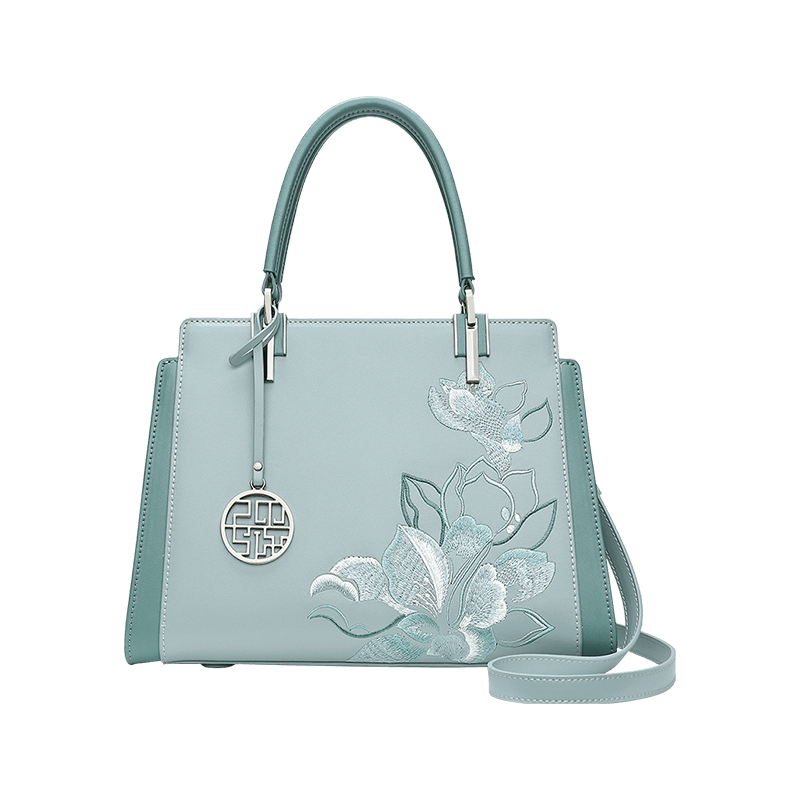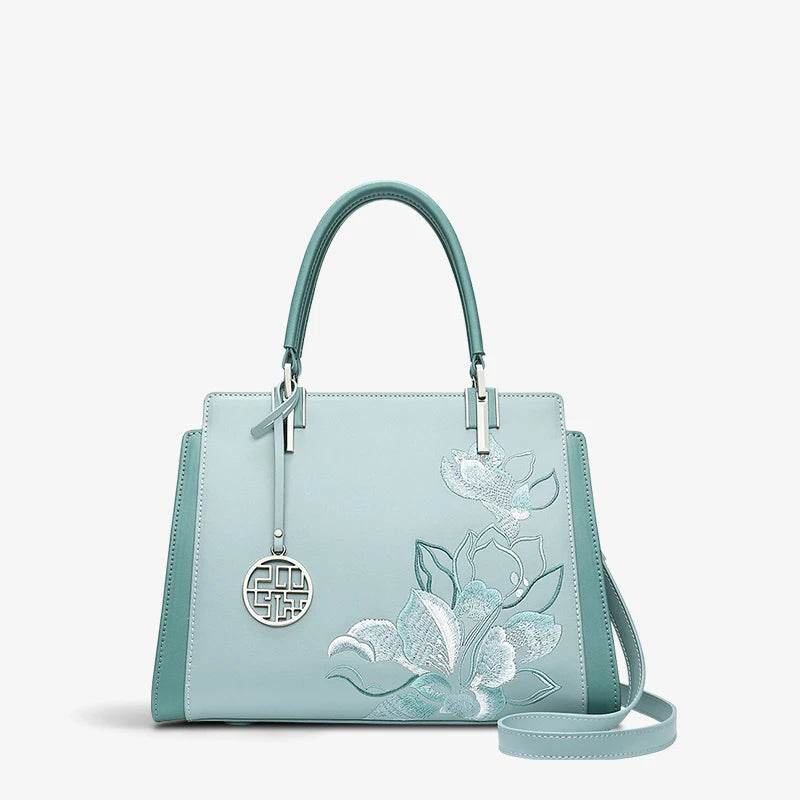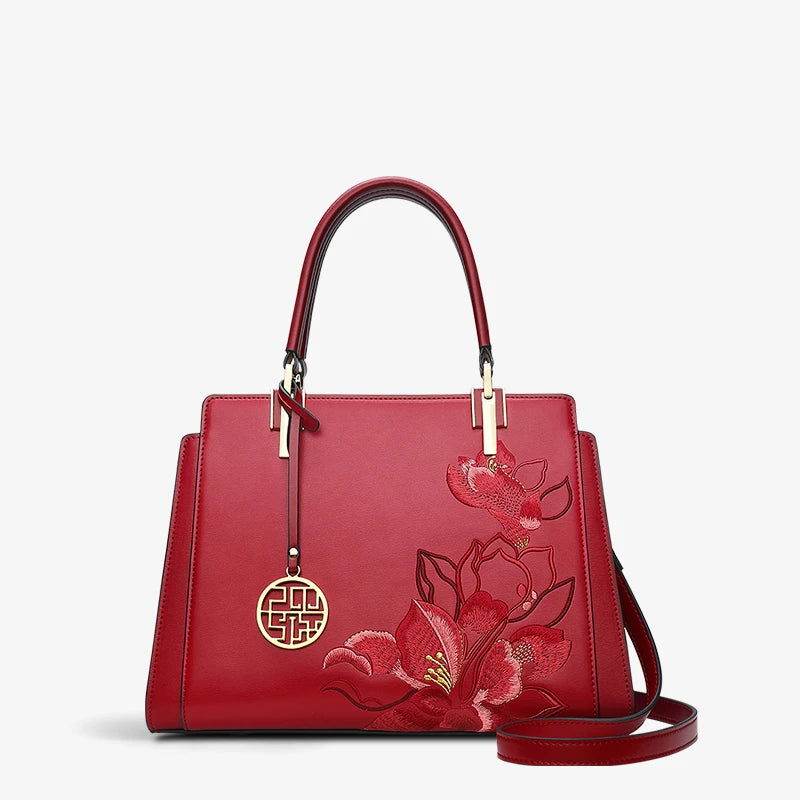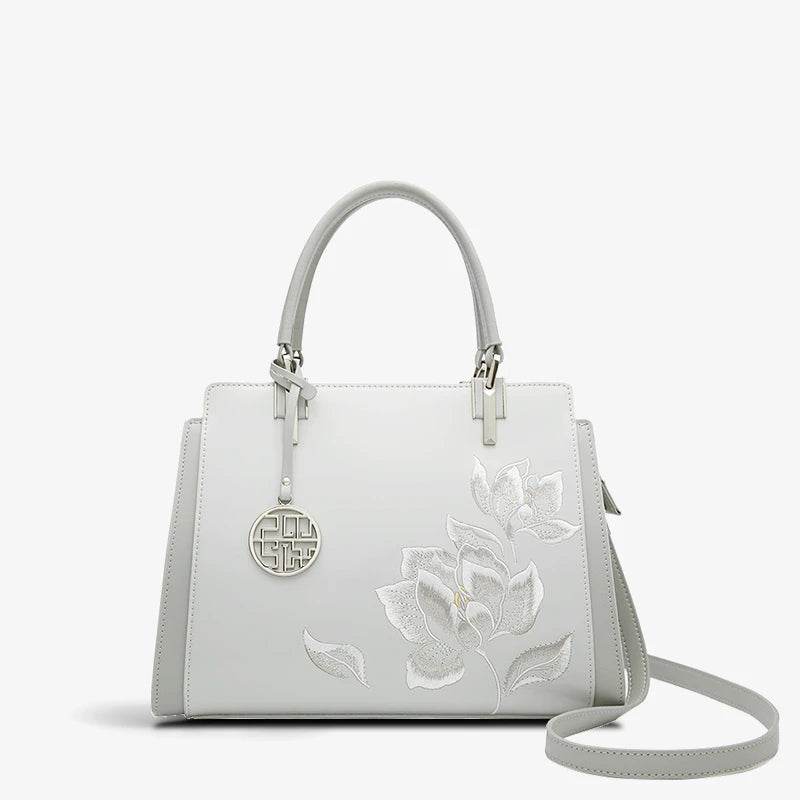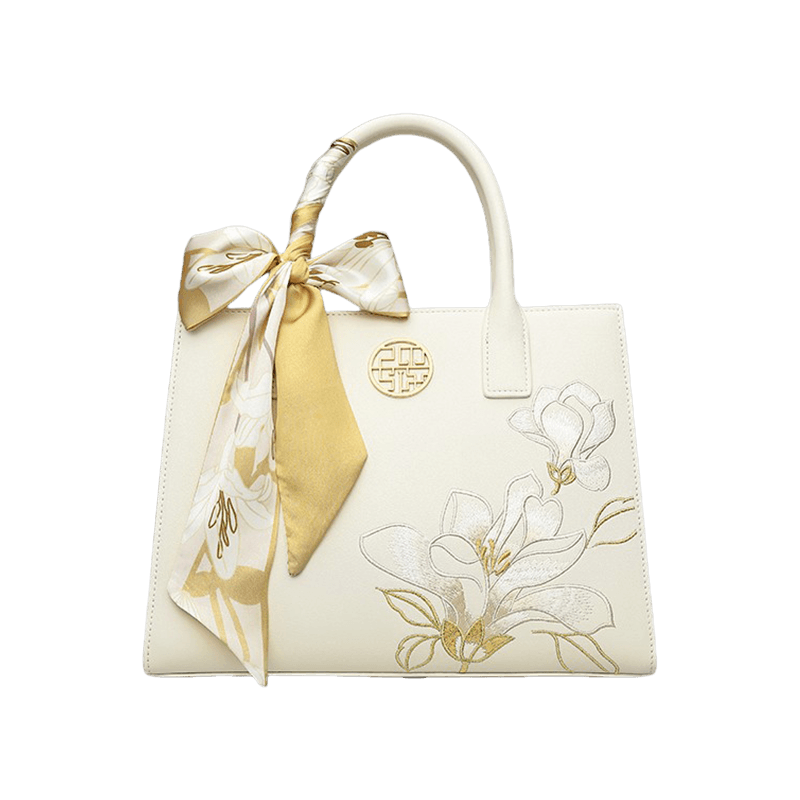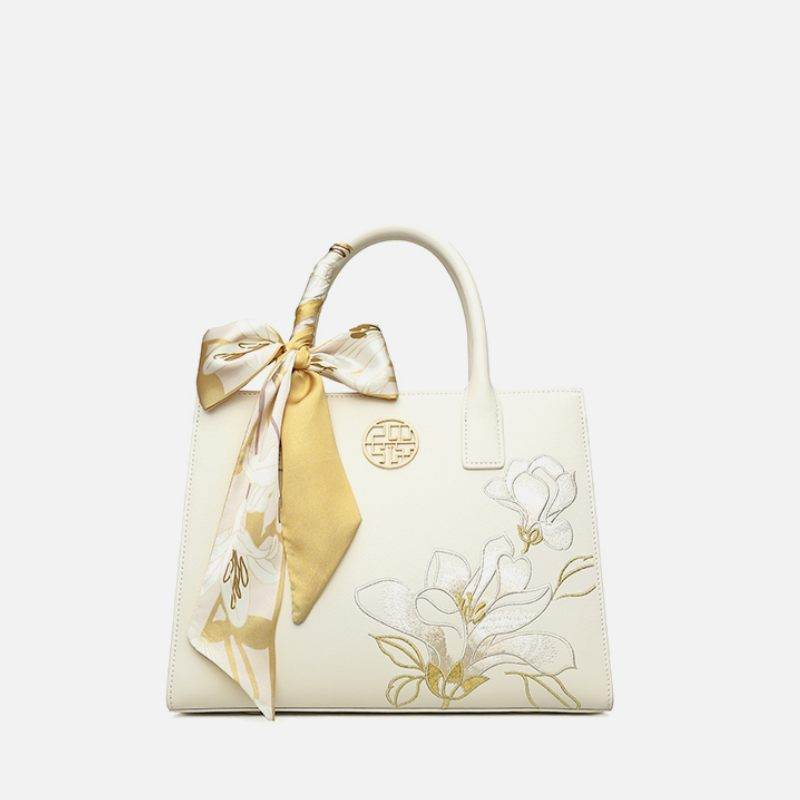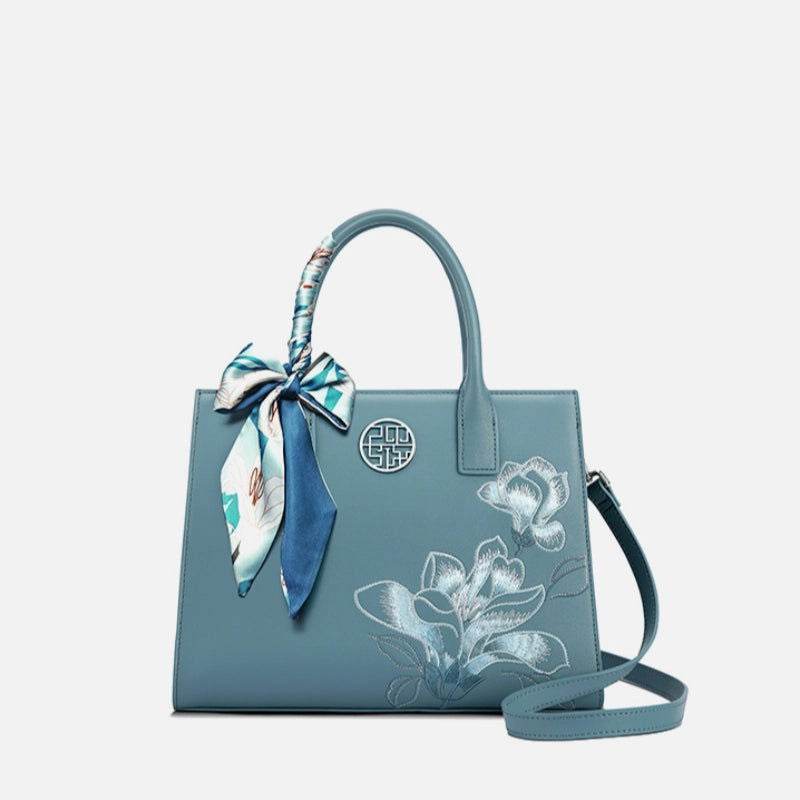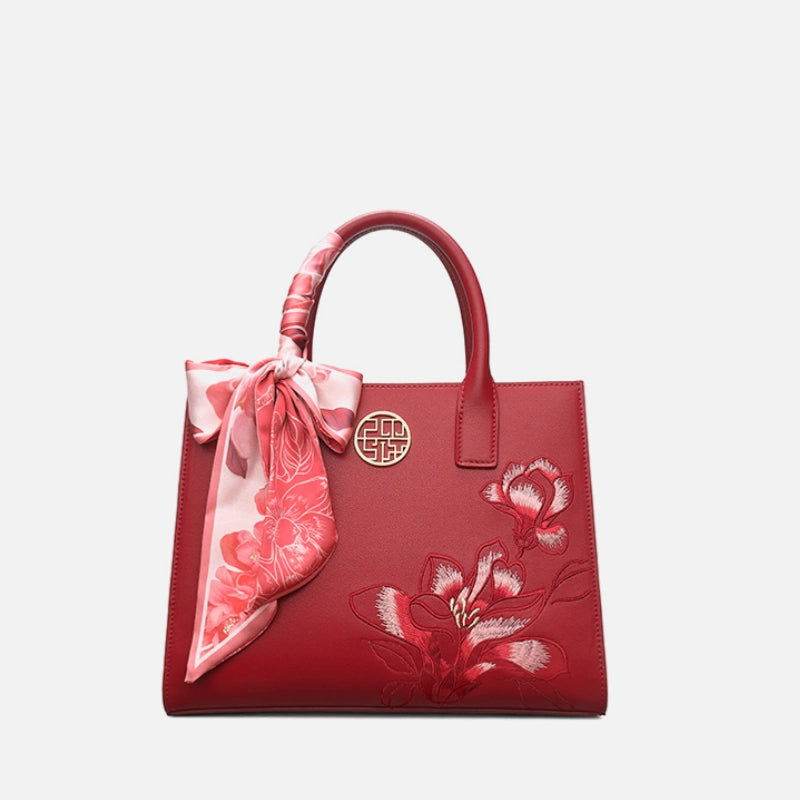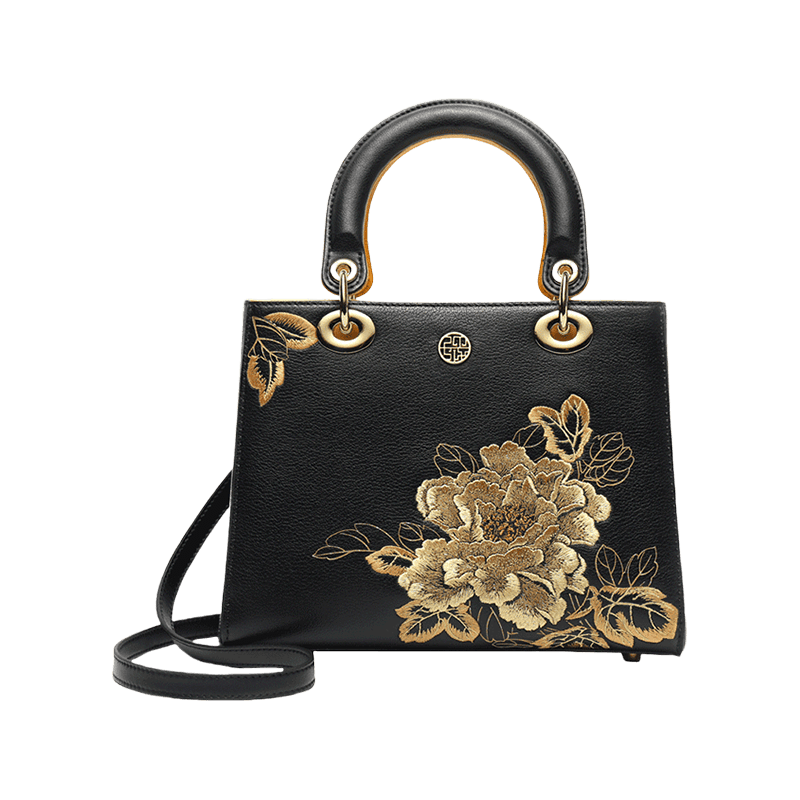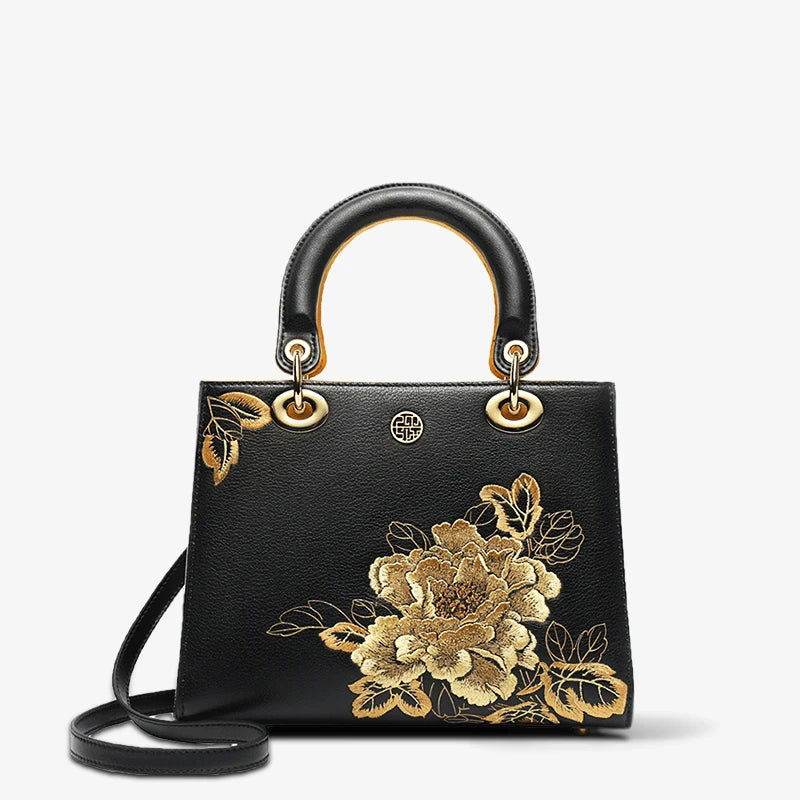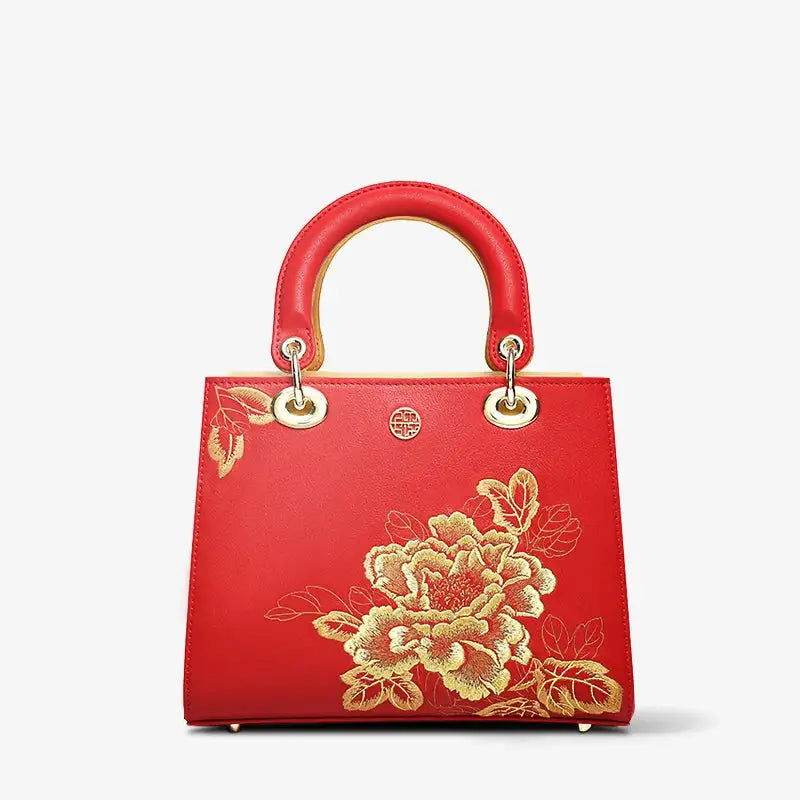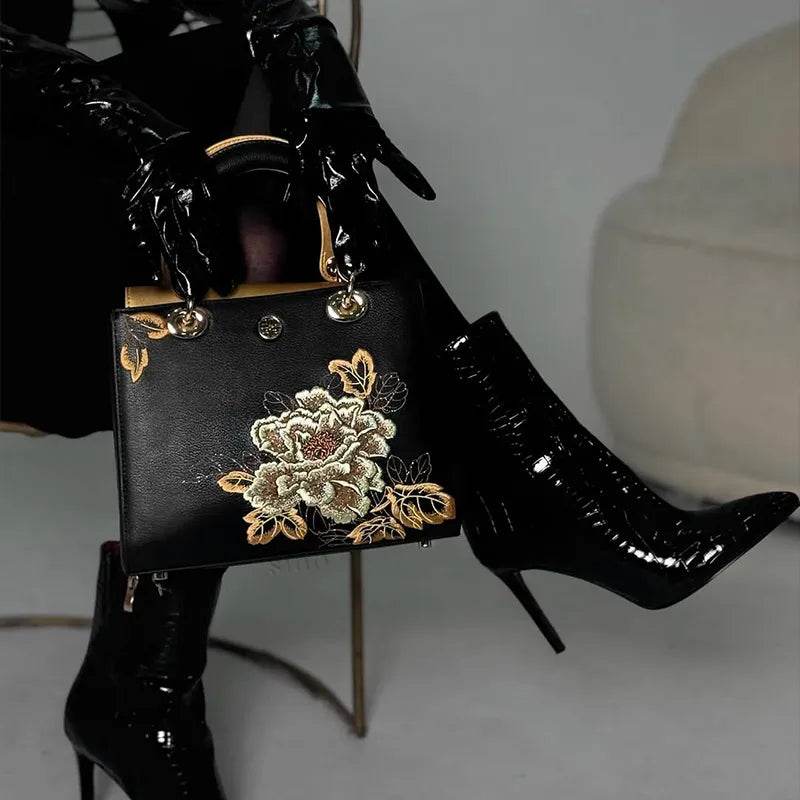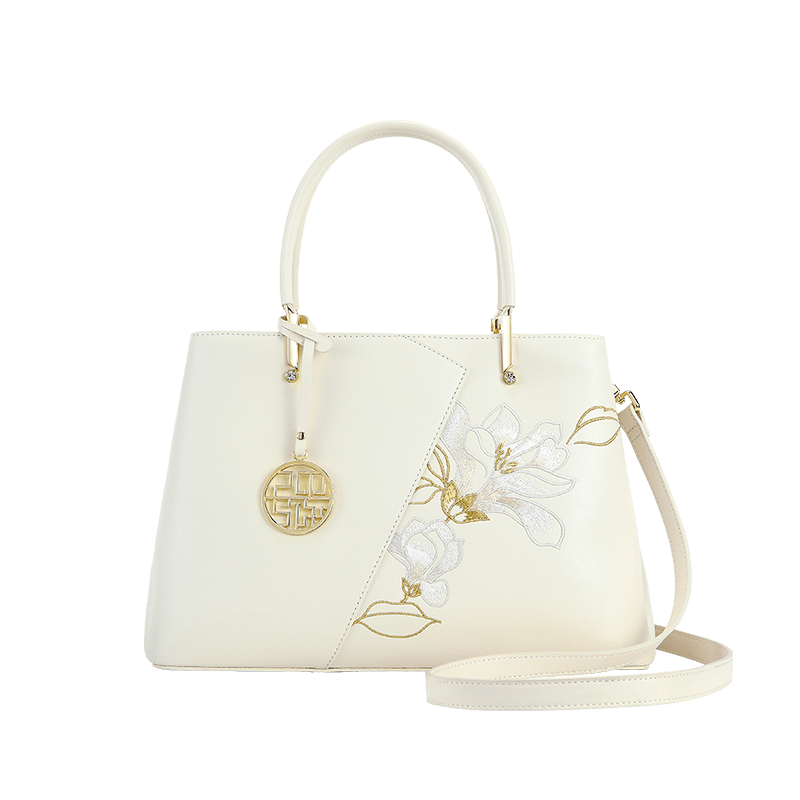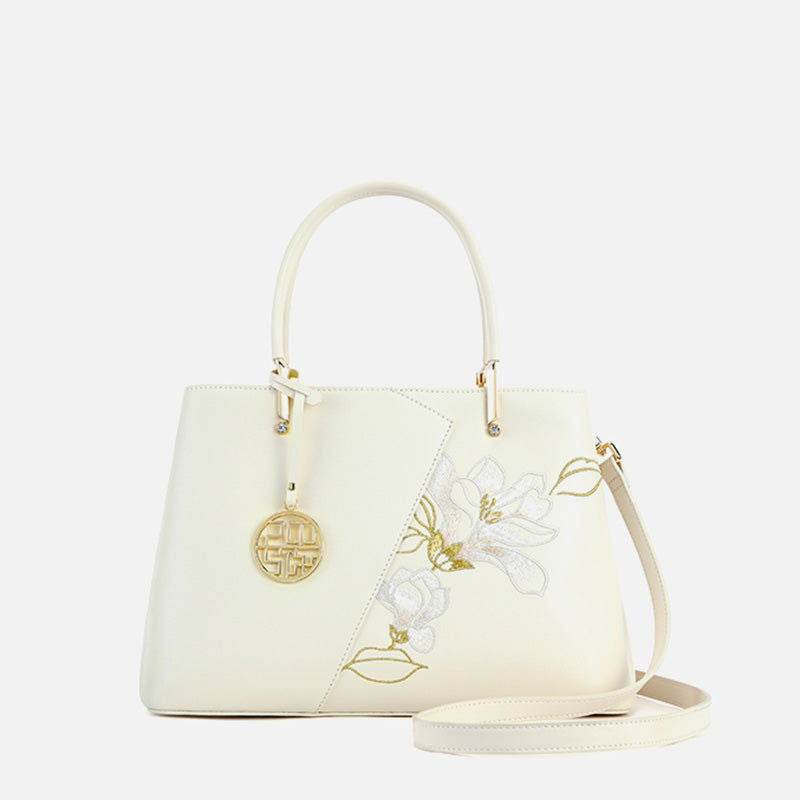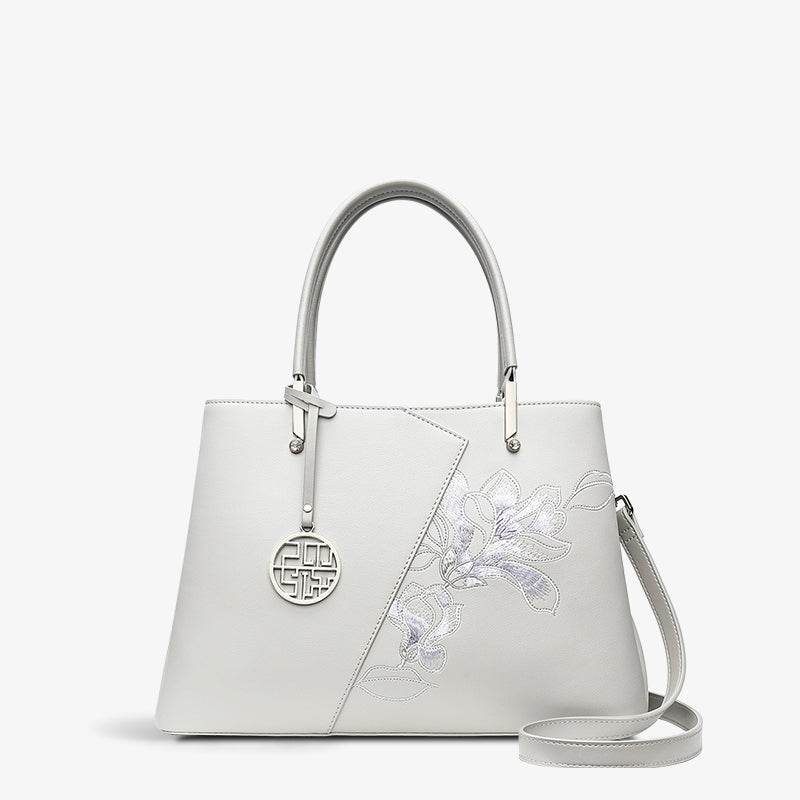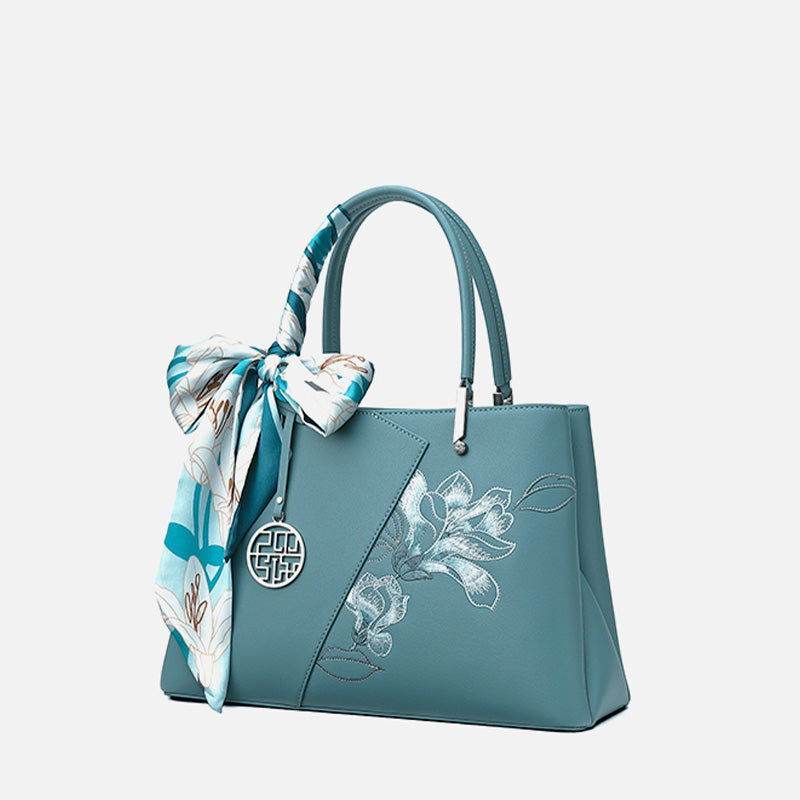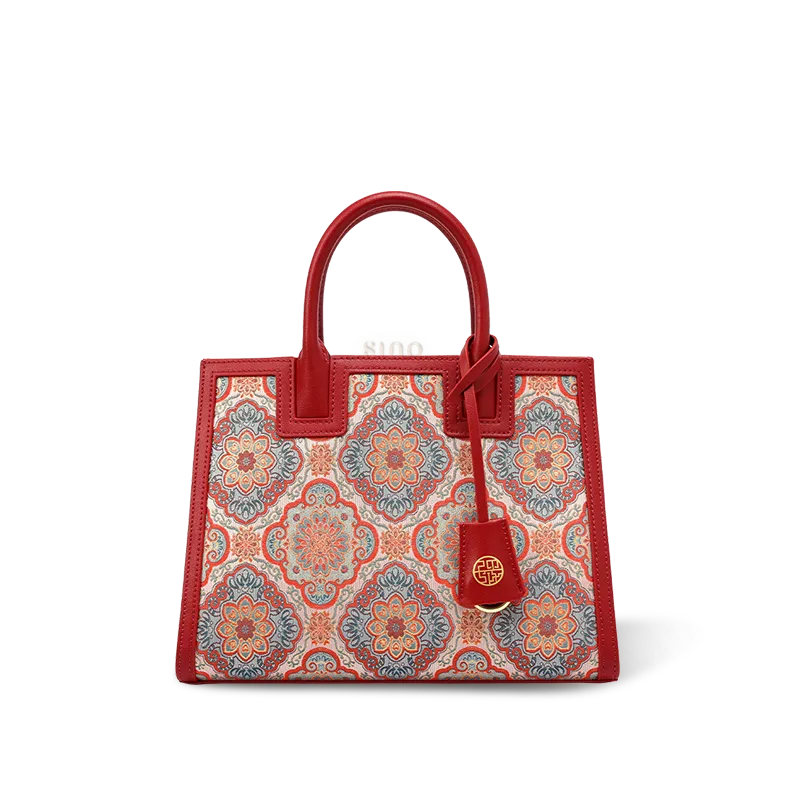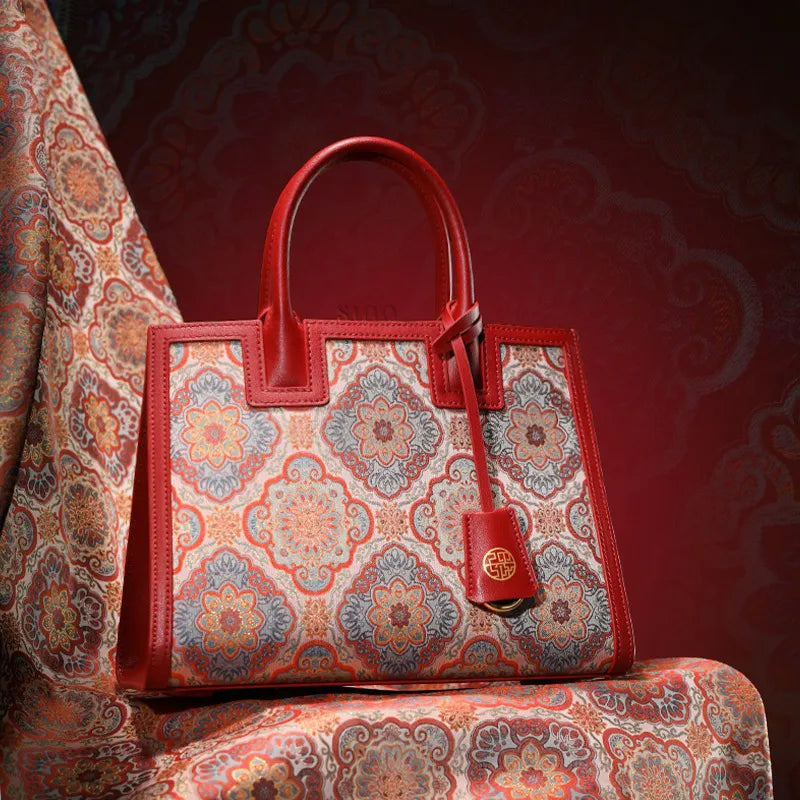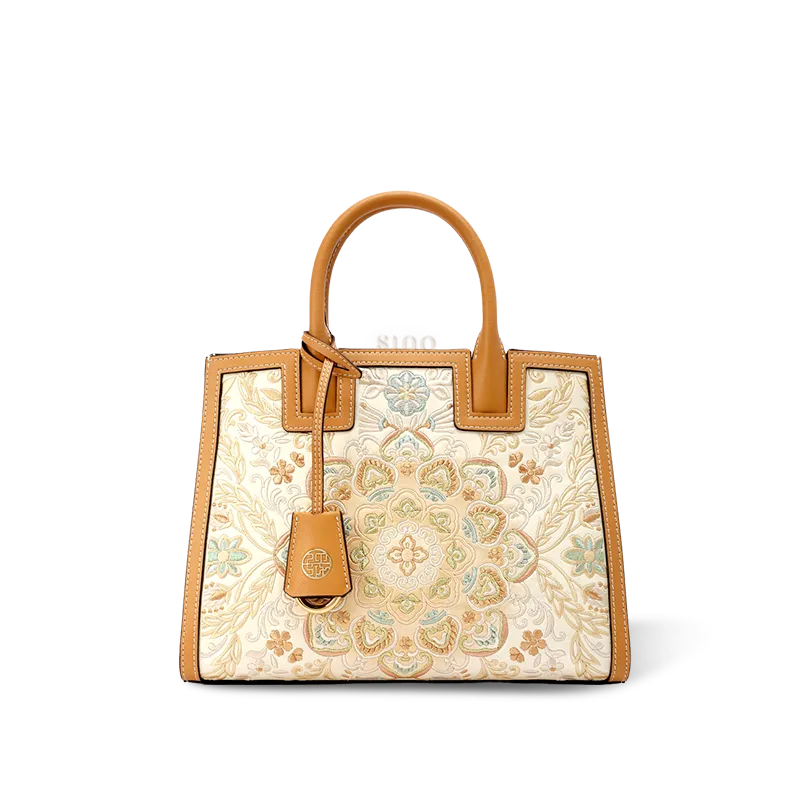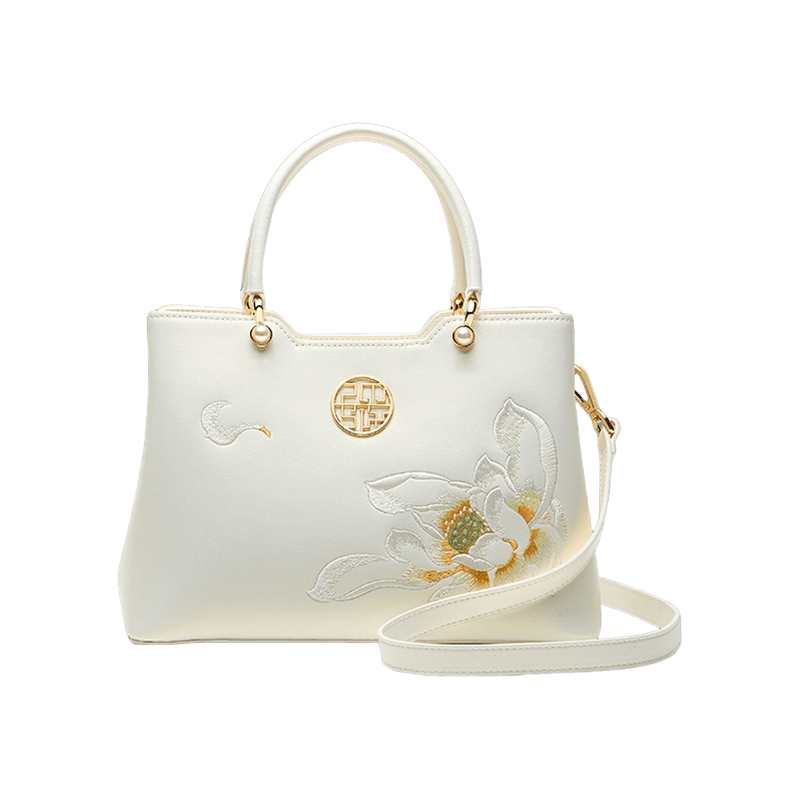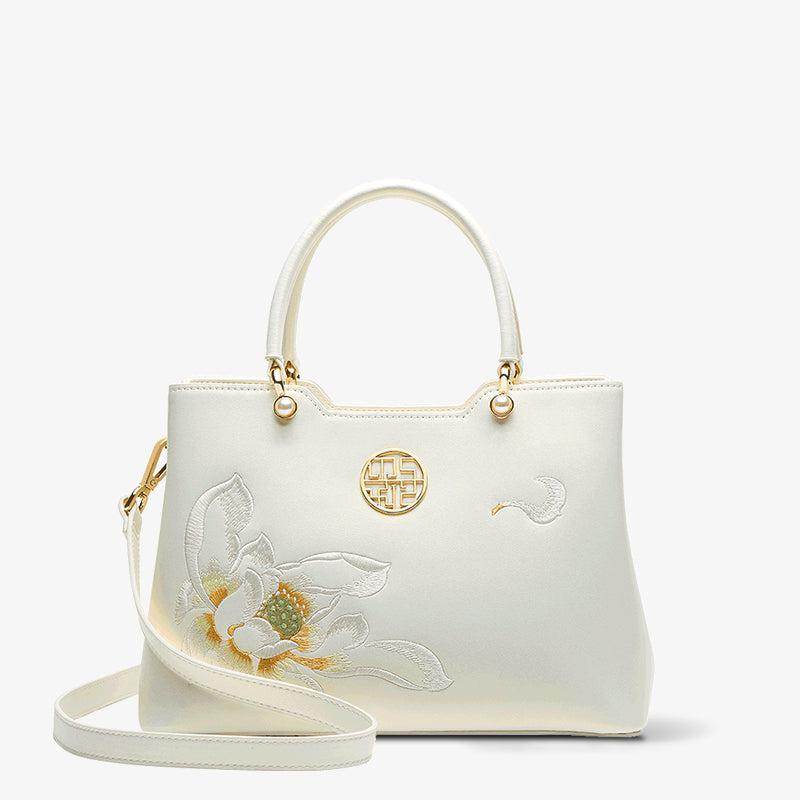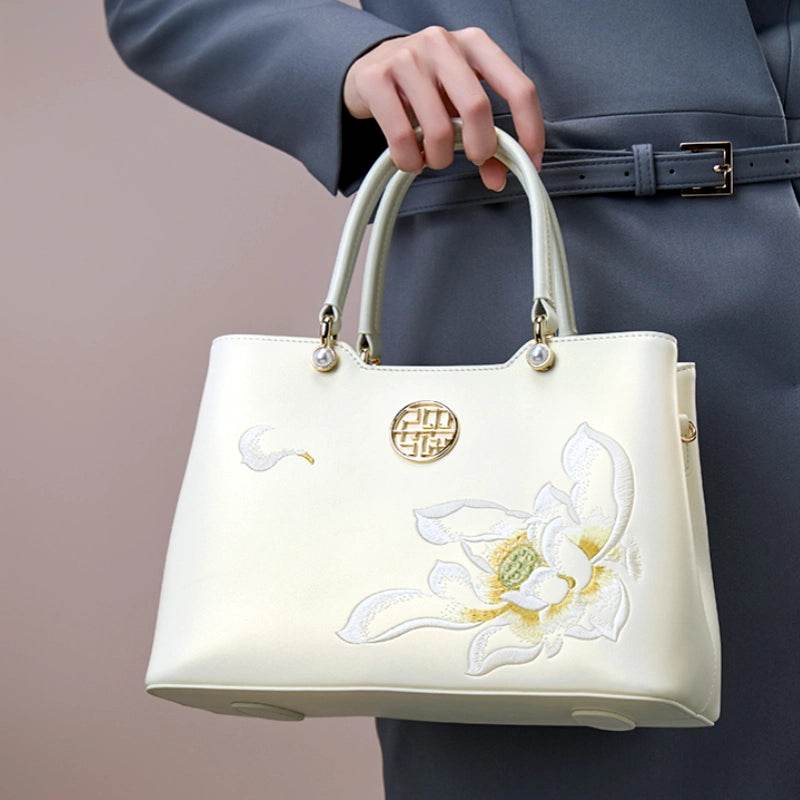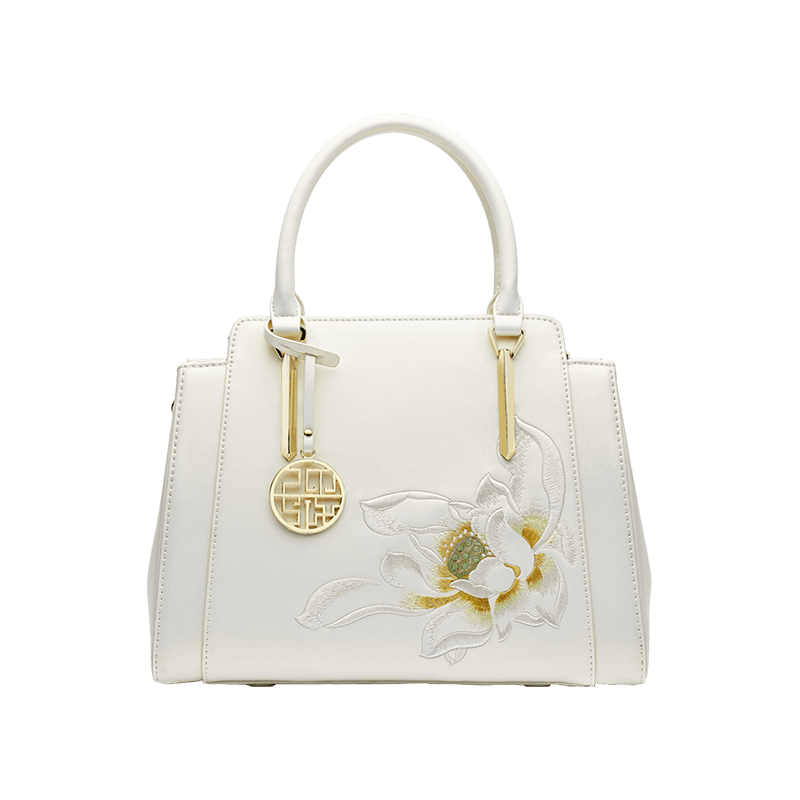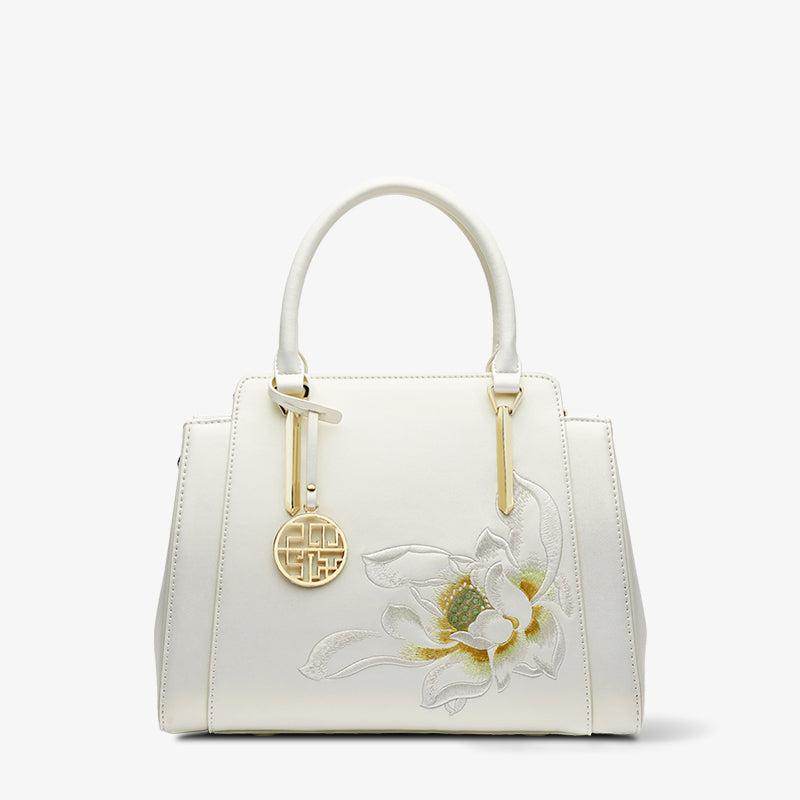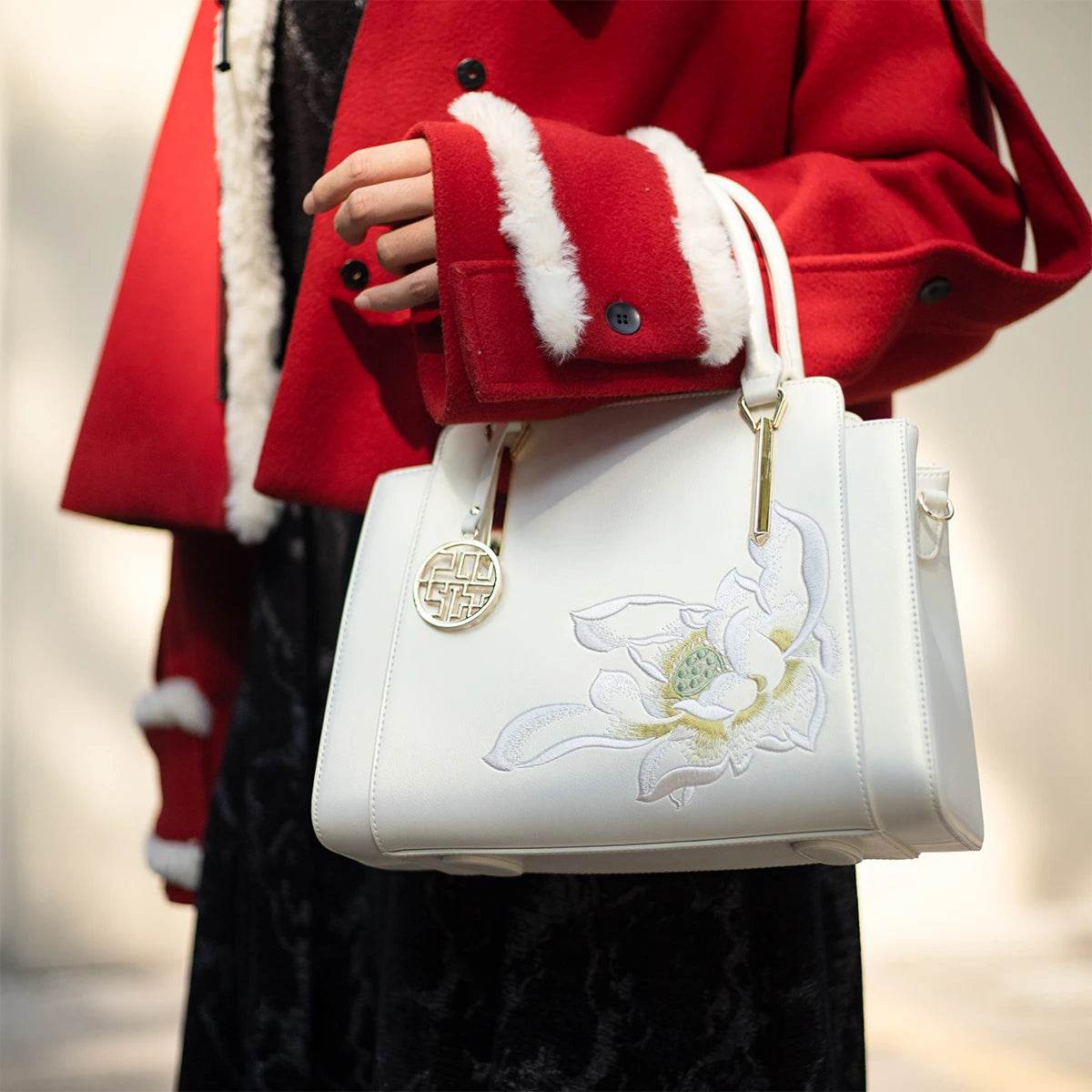Brocade, or 'Jin' (锦) in Chinese, is more than just silk—it is the art of weaving power, prestige, and poetry into fabric. For over 3,000 years, this demanding craft has been the pinnacle of Chinese textile artistry. In this guide, we will journey through the legacies of the Four Famous Brocades, each a treasure of the Silk Road and a testament to a dynasty's glory.
China four famous brocades include Nanjing Yunjin(Yun Brocade), Chengdu Shujin(Shu Brocade), Suzhou Songjin(Song Brocade) and Guangxi Zhuangjin(Zhuang Brocade). In the long history of China, silk culture is like a brilliant pearl. The four famous brocades are even more treasures on the Silk Road. With their exquisite craftsmanship, gorgeous colors and profound cultural deposits, they have conquered the eyes of the world.

1.Shu Brocade(Shujin 蜀锦)
Shu Brocade is a brocade woven with dyed mature silk in five primary colors (red, yellow, green, blue, black). It is one of China's four famous brocades, alongside Song Brocade, Yun Brocade, and Zhuang Brocade. As the leading representative among the four, Shu Brocade boasts a long history, exquisite craftsmanship, and enchanting artistic charm. It is revered as the "Mother of Brocades" and has been included in the first batch of national intangible cultural heritage lists.→ To fully appreciate its enchanting artistic charm, explore our deep dive into the story of Shu Brocade, the "Mother of Brocades."

2. Song Brocade(Songjin 宋锦)
Song Brocade(Songjin 宋锦)
Song Brocade, known as the "Crown of Brocades," traces its history back to the Spring and Autumn and Warring States periods. The nobility of the Wu State in Jiangnan extensively used brocade in their daily lives. After the Southern Song Dynasty moved its capital to Hangzhou, the Song Brocade, Weaving Office was established in Suzhou, relocating the Shu Brocade weavers and machinery from Chengdu to Suzhou. This relocation stimulated significant development to meet the needs of the royal court's attire and bookbinding, creating its distinctive style. Song Brocade is divided into four categories: Da Jin (large brocade), He Jin (box brocade), Xiao Jin (small brocade), and others.→Discover why it's hailed as the "Crown of Brocades" in our dedicated article on the elegant Song Brocade.

3. Yun Brocade(Yunjin 云锦)
Yun Brocade, also known as Jin Duan (brocade satin), is a famous silk fabric produced in Nanjing, China. Its origins can be traced back to the Song Dynasty and the establishment of the government-operated weaving office, Jin Shu, in Nanjing. Yun Brocade is luxurious and splendid, resembling clouds in the sky, hence the name. As it is currently only produced in Nanjing, it is commonly referred to as "Nanjing Yun Brocade." Yun Brocade began during the Yuan Dynasty, flourished in the Ming and Qing Dynasties, and has a history of over seven hundred years. During the Yuan, Ming, and Qing Dynasties, Yun Brocade was designated as a royal tribute, only gradually becoming popular among the general public in the late Qing Dynasty. → Uncover the secrets of the imperial dragon robes. Read our complete guide to Nanjing's magnificent Yun Brocade.

4. Zhuang Brocade(Zhuangjin 壮锦)
Zhuang Brocade, known as "mbaw laiz fax" in Zhuang script, meaning "page of celestial patterns," is believed to have originated during the Han Dynasty. The Han-dynasty black-ground orange-red cyclic pattern brocade unearthed from Han tombs in Luobo Bay, Guigang, is the earliest-known brocade in the ancient Zhuang ethnic area. Historical records in "Tang Liu Qu" and "Yuanhe Junxian Zhi" mention that Zhuang Brocade was already listed as a tribute during the Tang Dynasty. → Journey into the "celestial patterns" of the Zhuang people in our feature article on the vibrant Zhuang Brocade.

These Four Famous Brocades represent the pinnacle of silk weaving. To understand their place in the larger world of Chinese textiles, read our Ultimate Guide to Chinese Silk & Luxury Textiles.
History about China Brocade, read our:
History of Chinese Brocade(Zhijin): The Pinnacle of Silk Culture
Inspired by the artistry of imperial weavers, our collection brings the spirit of brocade into modern heirlooms. Discover pieces that carry a story of power and prestige. >>>Explore Our Brocade-Inspired Collection
